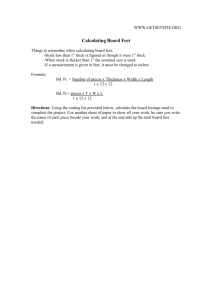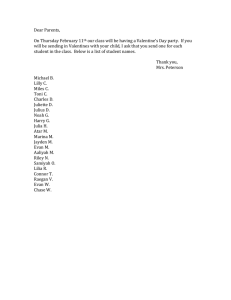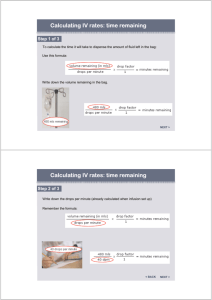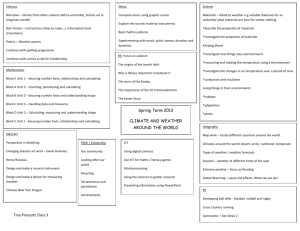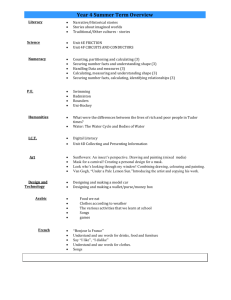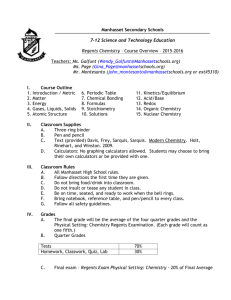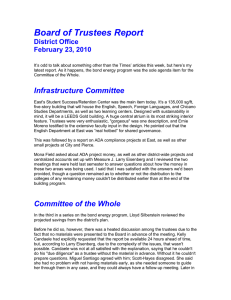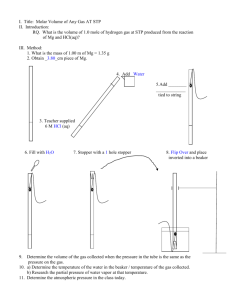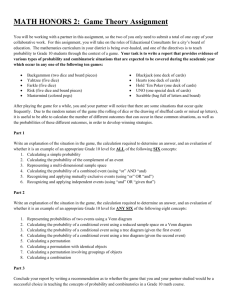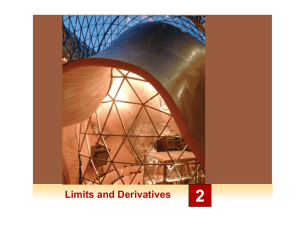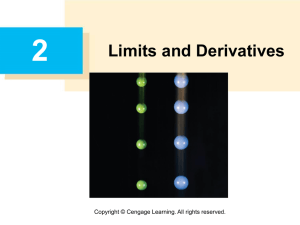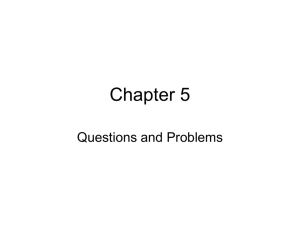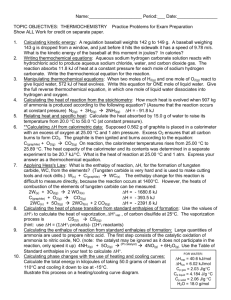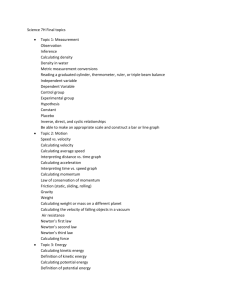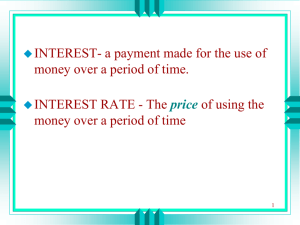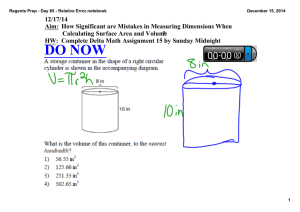HW 1.1 Calculating Error
advertisement
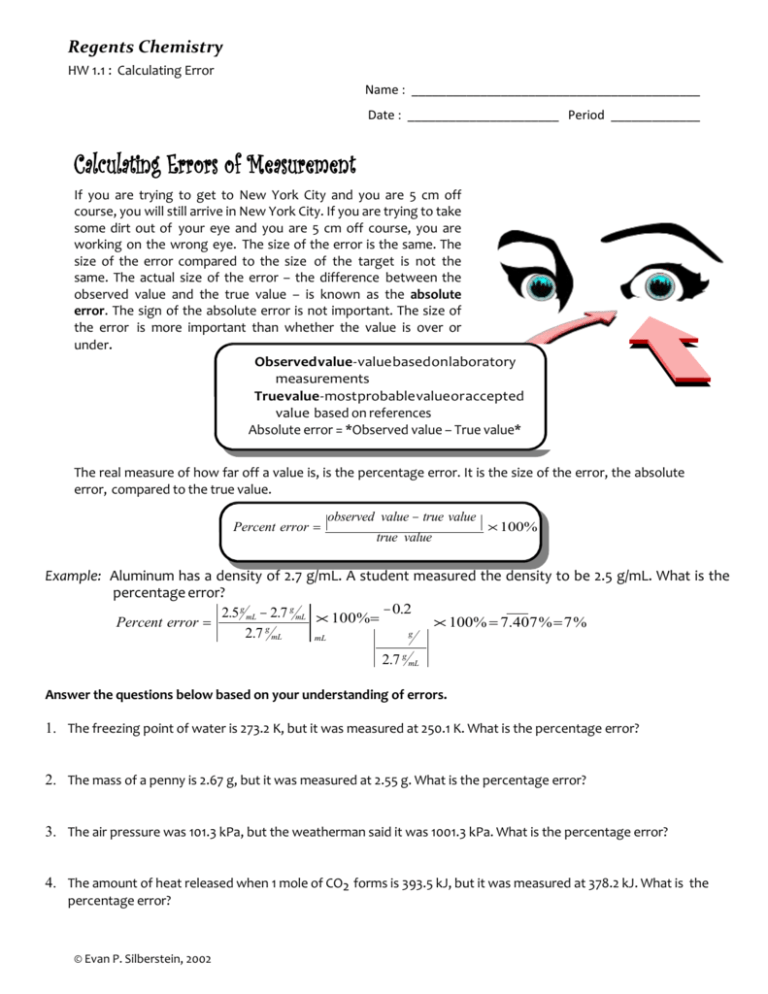
Regents Chemistry HW 1.1 : Calculating Error Name : __________________________________________ Date : ______________________ Period _____________ Calculating Errors of Measurement If you are trying to get to New York City and you are 5 cm off course, you will still arrive in New York City. If you are trying to take some dirt out of your eye and you are 5 cm off course, you are working on the wrong eye. The size of the error is the same. The size of the error compared to the size of the target is not the same. The actual size of the error – the difference between the observed value and the true value – is known as the absolute error. The sign of the absolute error is not important. The size of the error is more important than whether the value is over or under. Observed value - value based on laboratory measurements True value - most probable value or accepted value based on references Absolute error = *Observed value – True value* The real measure of how far off a value is, is the percentage error. It is the size of the error, the absolute error, compared to the true value. Percent error observed value true value true value 100% Example: Aluminum has a density of 2.7 g/mL. A student measured the density to be 2.5 g/mL. What is the percentage error? 2.5 g mL 2.7 g mL 100%0.2 Percent error 100% 7.407 % 7 % g 2.7 g mL mL 2.7 g mL Answer the questions below based on your understanding of errors. 1. The freezing point of water is 273.2 K, but it was measured at 250.1 K. What is the percentage error? 2. The mass of a penny is 2.67 g, but it was measured at 2.55 g. What is the percentage error? 3. The air pressure was 101.3 kPa, but the weatherman said it was 1001.3 kPa. What is the percentage error? 4. The amount of heat released when 1 mole of CO2 forms is 393.5 kJ, but it was measured at 378.2 kJ. What is the percentage error? © Evan P. Silberstein, 2002 Regents Chemistry HW 1.1 : Calculating Error © Evan P. Silberstein, 2002
